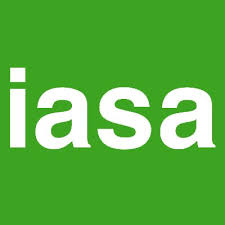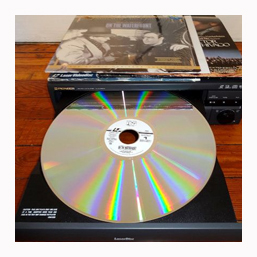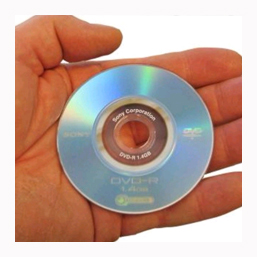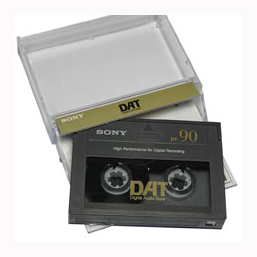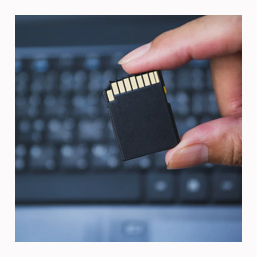
Specialist Transfers from NTSC Laser Disc to All Outputs
To ensure your confidence, we adhere to the preservation of digital records using The National Archives Standards and The International Association of Sound and Audiovisual Archives TC-06 guidelines. We actively support The National Archives in tackling the challenges of digital preservation, ensuring continued access to digital information in the future.
A LaserDisc player is a device designed to play video (analog) and audio (analog or digital) stored on LaserDisc. LaserDisc was the first optical disc format marketed to consumers; it was introduced by MCA DiscoVision in 1978.
From 1978 until 1984, all LaserDisc player models read discs by using a helium–neon laser.
To ensure your confidence, we adhere to the preservation of digital records using The National Archives Standards and The International Association of Sound and Audiovisual Archives TC-06 guidelines. We actively support The National Archives in tackling the challenges of digital preservation, ensuring continued access to digital information in the future.
One of the tell-tale signs you're a 'home cinema hero' is that you 'still have a LaserDisc player, somewhere...'
And, indeed, to AV geeks of a certain vintage, the mere word conjures up cherished memories of that unmistakable whooshing sound as the big and beautiful medium – think CD, enlarged to LP size – was brought up to speed within the sizeable slab of a player.
LaserDisc owners knew they were in for a movie-watching treat, with CD-quality stereo sound accompanied by visuals that rivalled broadcast quality. In the era of standard-def analogue telly and 4:3 CRT TVs, you couldn't get better at home.
LaserDisc devotees also took for granted features that the VHS-buying masses would only be in a position to appreciate come the DVD revolution – such as chaptered access to sections, frame-by-frame analysis, freedom from wear, 5.1 surround sound and bonus material like director's commentaries and featurettes. It was simply light years ahead of its time.
| COST PER UNIT |
1+ |
| LASER DISC TO PRO-RES |
40.00 |
| LASER DISC TO DVD |
50.00 |
| LASER DISC TO BLU-RAY |
60.00 |
| VIDEO TAPE REPAIR & TRANSFER |
40.00 |
| MICROMV TAPE |
35.00 |
| MINIDISC AUDIO |
35.00 |
| DAT TAPE |
35.00 |
| MEMORY CARD 1 HR |
35.00 |
|
| ADDITIONAL COSTS |
|
| DVD COPIES |
9.00 |
In 1984, Pioneer Corporation introduced the first consumer player with a solid-state laser diode. This model, the Pioneer LD-700, was also the first LaserDisc player with a front-loading disc bay instead of a top-loading one. Pioneer became the market leader in LaserDisc technology. In the 1990s, Pioneer and others produced a small number of a high-definition video player models, which employed multiple sub-Nyquist sampling encoding (MUSE) technology.
In 1996, Pioneer distributed their first DVD player in Japan, a combination Laserdisc/DVD player, model DVL-9. Pioneer announced the end of LaserDisc player production in January 2009. The last models Pioneer produced were the DVL-919 (an LD/DVD player), CLD-R5 (an LD/CD player), DVK-900 (an LD/DVD karaoke system), and DVL-K88 (an LD/DVD karaoke player).
LaserDisc or (LD) is a home video format and the first commercial optical disc storage medium (also known as simply "DiscoVision") in North America in 1978. Years ago, long before the dawn of the DVD or Blu-ray formats, consumer video was strictly all-analog, from the very first broadcasts right up to the introduction of the LaserDisc. The 12-inch, double-sided LaserDisc looked like a giant CD, but the video was analog encoded on two single-sided aluminum discs layered in plastic.
OUR SERVICES WITHIN AUDIO
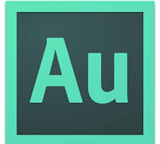
Audio Post Production
We support our clients in creating and delivering digital media support through creative processes to bring together the best out of your Audio footage. Our post production staff can piece together your audio projects ready for marketing.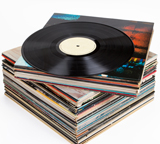
Vinyls LPS 78's Voice O Graphs
Professional studio quality vinyl transfers to WAV, MP3 or AIFF files. From rare 78's, LPs, EPs, Albums, Voice O Graph we can convert using our Pro-Tools set up and prepare stunning audio transfers.
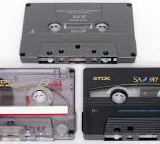
Audio Tape Cassettes
Professional audio tape transfers to include micro cassettes. From 1 unit to the 100's. To CD or digital files. Printed CDs of family photos can ensure a beautiful bespoke present. Perfect for corporate or private clients.
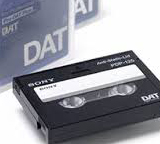
Audio DAT Tapes
Digital Audio Tape (DAT or R-DAT) is a signal recording and playback medium developed by Sony and introduced in 1987. Like most formats of videocassette, a DAT cassette may only be recorded and played in one direction, unlike an analog compact audio cassette. 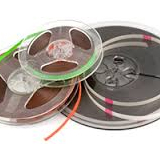
Audio Reel to Reel Tapes
Nothing quite matches the pure, warm tones of open-reel magnetic tape. But working reel-to-reel players are few and far between. It's time to fast forward to the present. Everyday we’re converting thousands of feet of audio reels to digital, preserving audio so that you can listen to it again and again.





